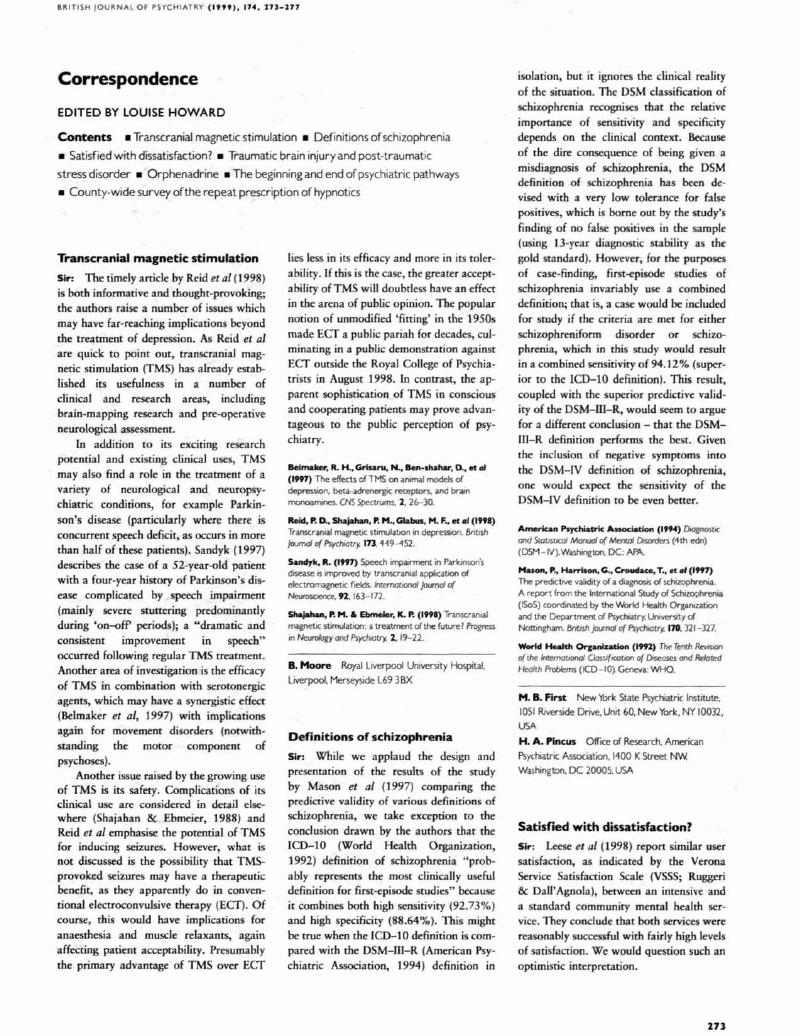Crossref Citations
This article has been cited by the following publications. This list is generated based on data provided by Crossref.
Byrne, Mitchell K.
Deane, Frank P.
Lambert, Gordon
and
Coombs, Tim
2004.
Enhancing Medication Adherence: Clinician Outcomes from the Medication Alliance Training Program.
Australian & New Zealand Journal of Psychiatry,
Vol. 38,
Issue. 4,
p.
246.
Watson, T. Steuart
Howell, Lorrie A.
and
Smith, Stephanie L.
2006.
Tic Disorders, Trichotillomania, and Other Repetitive Behavior Disorders.
p.
73.
Wetterneck, Chad T.
Teng, Ellen J.
and
Stanley, Melinda A.
2010.
Current issues in the treatment of OC-spectrum conditions.
Bulletin of the Menninger Clinic,
Vol. 74,
Issue. 2,
p.
141.




eLetters
No eLetters have been published for this article.